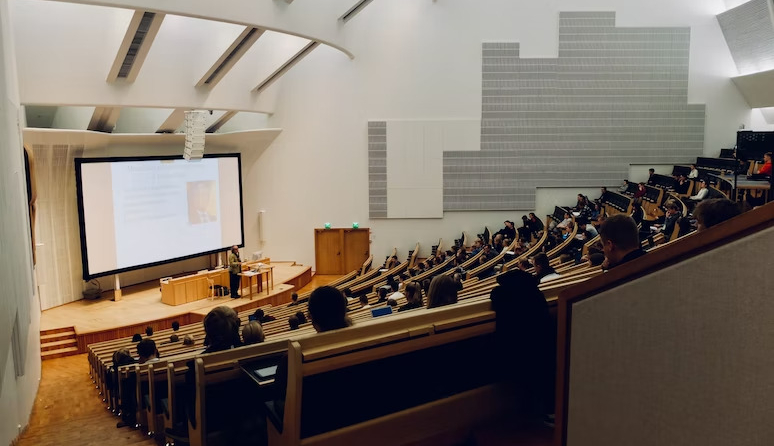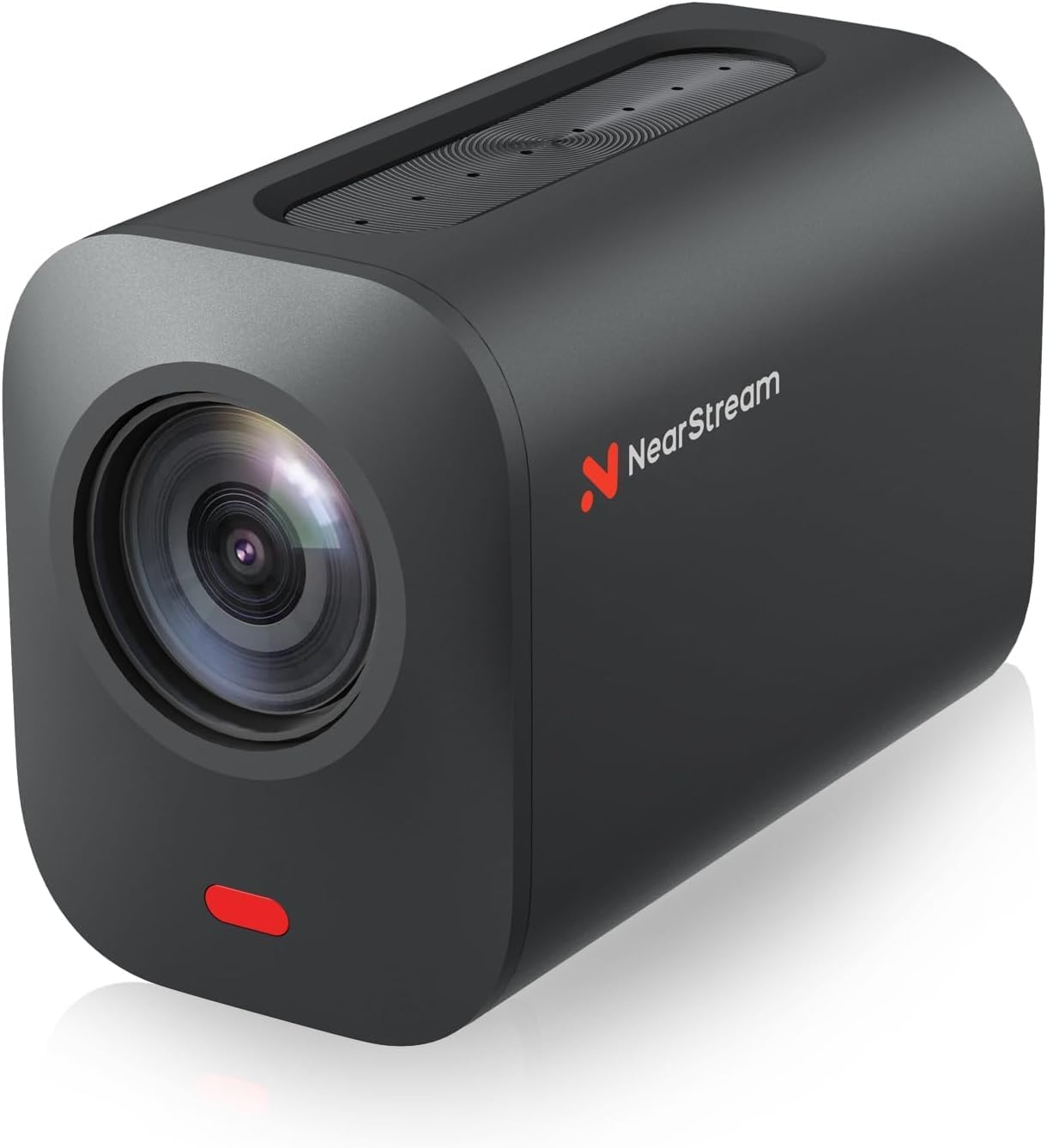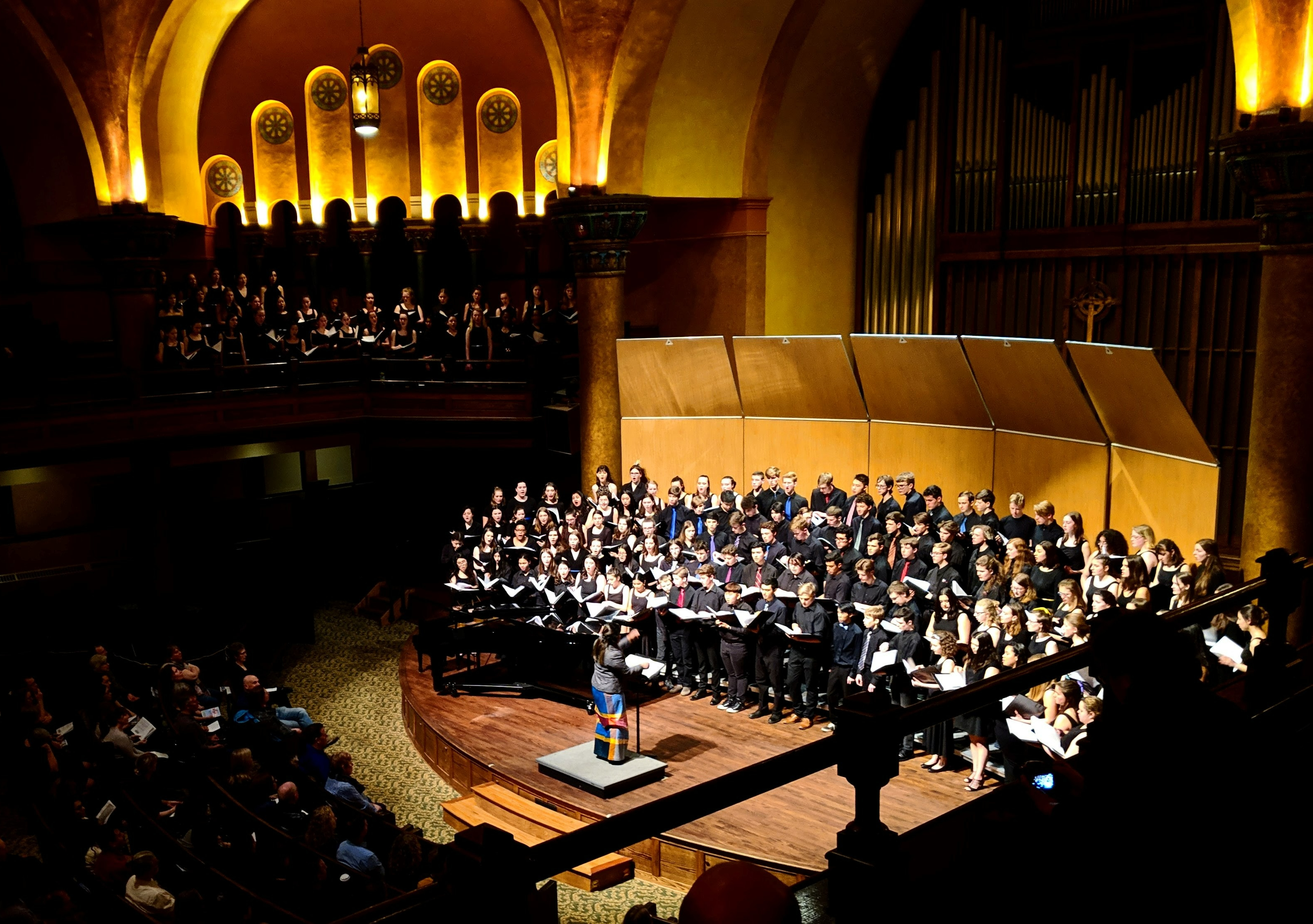1. What is Dereverberation?
Reverberation, in acoustics, is a persistence of sound after it is produced.
It is a natural phenomenon that occurs when sound waves bounce off surfaces in a room and create multiple reflections, leading to an extended decay time of the sound. This can result in a loss of clarity and intelligibility in speech and music audio.
Dereverberation is a signal processing technique used to remove or reduce the effects of reverberation in an audio signal.
Dereverberation techniques use algorithms to separate the direct sound from the reflected sound, and then apply various filtering methods to minimize the effect of reflected sound.
Click here for more details on dereverberation.
2. Why is dereverberation important?
Reverberation can have several negative effects on audio quality, making it important to address these issues through dereverberation.
Excessive reverberation can make it difficult to understand speech or other sounds, reduce audio clarity, and introduce unwanted noise into recordings. This can be particularly problematic in applications where clear audio is essential, such as teleconferencing, live streaming, and broadcasting.
Additionally, reverberation can create a sense of distance or detachment from the original sound source, reducing the audience' sense of immersion.
By removing unwanted echoes through dereverberation techniques, devices with dereverberation can improve audio quality, increase clarity and intelligibility, and create more engaging and immersive recordings.
Dereverberation is commonly used in audio recording and post-production, teleconferencing systems, voice recognition systems, and hearing aids to enhance speech perception in noisy environments.
If you're interested, check this article to grasp the latest research on audio dereverberation.

3. VM33 camera features dereverberation
Powered by Auditoryworks, NearStream specializes in developing and implementing noise suppression technology. We designed our technology to use machine learning algorithms to find and eliminate noise from audio recordings or live audio in real-time.
The dereverberation technology used in the VM33 camera is designed to reduce noise's impact and improve audio quality, making it suitable for business/education scenarios.

3.1 online conference/interview
In traditional video conferences, due to the different equipment and network setups used by participants, problems such as echo and noise often occur, which seriously affects communication effectiveness.
In addition, blurred and reverberant sound in a long-lasting video conference may cause fatigue and boredom among participants.
The VM33 camera can be used as a webcam, an external camera for video conferencing. VM33’s dereverberation technology enables each participant in a video conference to hear the others clearly and thus understand each other better. In addition, the reverberation technology allows for volume balancing and sound equalization, resulting in a smoother, more natural sound between participants.
The powerful dereverberation feature of VM33 helps to improve voice clarity, making it the perfect tool for anyone looking to conduct professional and effective virtual meetings.

3.2 spacious room for meeting/class
With dereverberation, VM33 camera can eliminate sound echoes, reduce noise interference when used in large classrooms or conference rooms for living classes or lectures.
Firstly, in large rooms, voice of the conference presenter or lecturer often needs to be captured through a microphone and played back by speakers in order to be heard by the large audience. Due to the reflective effect of space, the presenter’s voice and the reflected sound will be transmitted into the microphone at the same time, causing an echo.
Dereverberation technology uses mathematical algorithms to eliminate the echo signal, thus avoiding the impact of echo on audio quality of VM33 recordings. Secondly, dereverberation technology can also reduce noise interference. Large classrooms or conference rooms often have some environmental noise produced by air conditioning, fan, etc., which can cause interference to the audience. VM33 camera records video with less noise signal, making the audience more focused on the content of speech, thus improving message delivery.
Secondly, dereverberation technology can also reduce noise interference. Large classrooms or conference rooms often have some environmental noise produced by air conditioning, fan, etc., which can cause interference to the audience. VM33 camera records video with less noise signal, making the audience more focused on the content of speech, thus improving message delivery.
 3.3 church for wedding/chorus
3.3 church for wedding/chorus
The VM33 camera with dereverberation technology also enhances the audio quality of live/recorded church events, such as weddings or choir singing.
Church events are often held in chapels, which are often characterized by high vaulted ceilings or large vertical depths that tend to cause echoes.

Audio recorded in churches often has problems such as heavy echoes and blurred vocals. This is where de-reverberation technology becomes especially important.
Dereverberation can help remove unwanted echoes, to improve the clarity and intelligibility of spoken words or sung lyrics. Dereverberated audio can sound more focused and professional, thus enhancing overall quality and impact of the recording.
Using VM33 to live stream or record your wedding will enable viewers to clearly hear the couple’s sacred vows and sincere blessings from their friends, leaving sweet memories.
For church staff, an introductory video with clearer sound quality can help them better promote their church.

4. Conclusion: improved audio quality perceived & easier post-processing
To wrap up, dereverberation can greatly improve audio quality perceived by the audience, unlocking crystal sound.
Additionally, dereverberated audio is easier to post-process and can make editing and automatic voice recognition easier.
With machine learning algorithms, VM33 can find and eliminate noise from audio recordings or live audio in real-time.
Click on the link to view more about NearStream VM33 camera.
NearStream is a startup company based in Hangzhou, China with a mission to create an innovative and ultimate multicam live streaming experience for the new generation of content creators, influencers and videographers. Click here to view more.






















